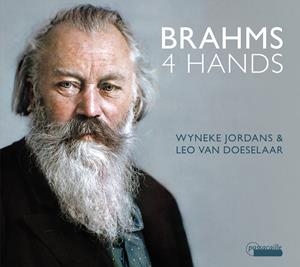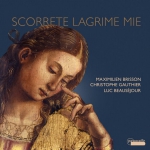Other products from Wyneke Jordans / Leo Van Doeselaar |
My Account
|
Log In
|
English |
€ Euro |
Advanced Search
|
All Categories
BEST SELLER
500
NEW RELEASES
11.375
SPECIALS
235.127
Your search:
No selection
Filter results:
TECHNICS
284.805
GAMES/SOFTWARE
27.117
MUSIC
707.933
Christian Music
736
- Asia Pop
9.441
- Austro Pop
208
- Brit Pop
240
- Dutch Pop
1
- Euro Pop
36
- French Pop
559
- Indie Pop/Lo Fi
24
- Italo Pop
286
- Latin Pop
6.836
- MiddleoftheRoad
2.509
- Oldies
65
- Other Pop
230.516
- Party
33
- Synthi Pop
316
- The 60s
261
|
Music Movie Audiobooks Merchandise Children's |





















